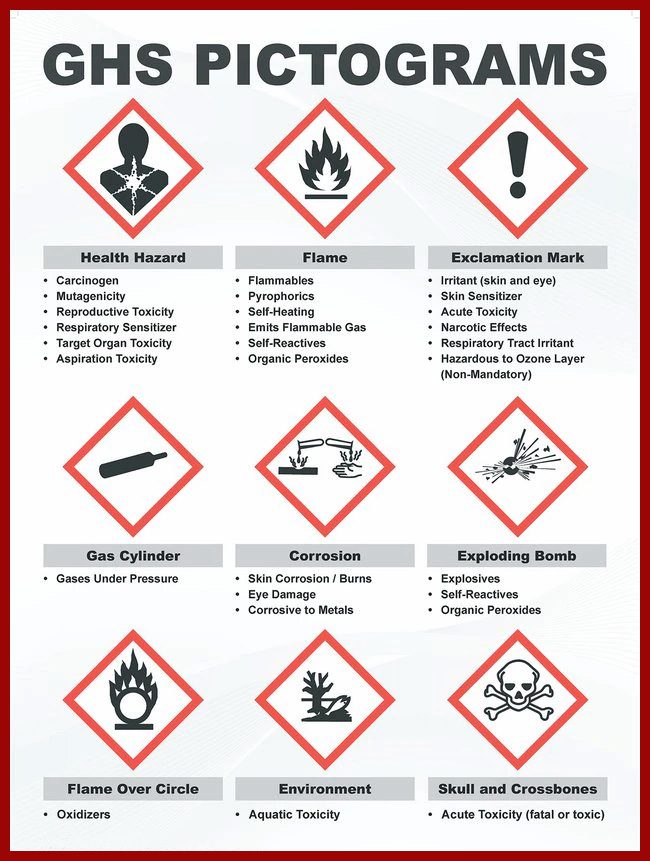What is Hazard Communication (Hazcom) or the Global Harmonization System (GHS)?
Most definitions of the Globally Harmonized System of Classification and Labeling of Chemicals—or GHS—define it as ‘a standard that was developed by the United Nations to bring into agreement the chemical regulations and standards of different countries.’ GHS includes criteria for the classification of health, physical and environmental hazards, as well as specifying what information should be included on labels of hazardous chemicals as well as safety data sheets.
According to the U.S. Department of Labor and the Occupational Safety and Health Administration, there are many benefits to global implementation of the GHS. It is anticipated that application of the GHS will:
- Enhance the protection of human health and the environment by providing an internationally understood and recognized system,
- Standard size and facilitate international trade in chemicals whose hazards have been identified,
- Improve communication across languages.
What Does GHS Mean for Us in Construction?

Hazard Communication Programs and GHS Programs are an important part of construction safety. As construction workers and service technicians, we are potentially exposed to many different chemicals in the course of our work, and we must know how to protect ourselves.
Understanding what these programs are about will lead to:
> A safer work environment
> Easy-to-understand classification format with pictograms representing the major hazard with chemicals
> Standardized safety data sheets
> Expanded use of training programs for health and safety
To assist you with understanding these programs, Weifield Group Contracting has implemented a written Hazard Communication Program (HCP) with Safety Data Sheets (SDS’s) which must be consulted if employees are or may be exposed to hazardous chemicals. Safety Data Sheets are developed by the chemical manufacturer to provide information concerning safe use of the products. They provide workers and emergency personnel with information about physical properties (melting point, boiling point, flash point, etc.), toxicity, health effects, first aid measures, reactivity, storage, disposal, protective equipment, and spill-handling procedures. If you don’t know where your SDS;s are located, please ask your supervisor; they are available for review on every project.
Remember—it is extremely important that all containers of chemicals are properly labeled. This labeling should be on a container when purchased; encourage employees to look at all labels and to ask questions if anything is unclear.
Lastly, Hazcom and GHS ensure “your right to know” with respect to the hazards of chemicals you may be requested to work with or that may be present on your project.
If you have questions or need assistance—do not hesitate to discuss your questions with one of the company’s safety professionals.
Until next time—work safe and be safe!




